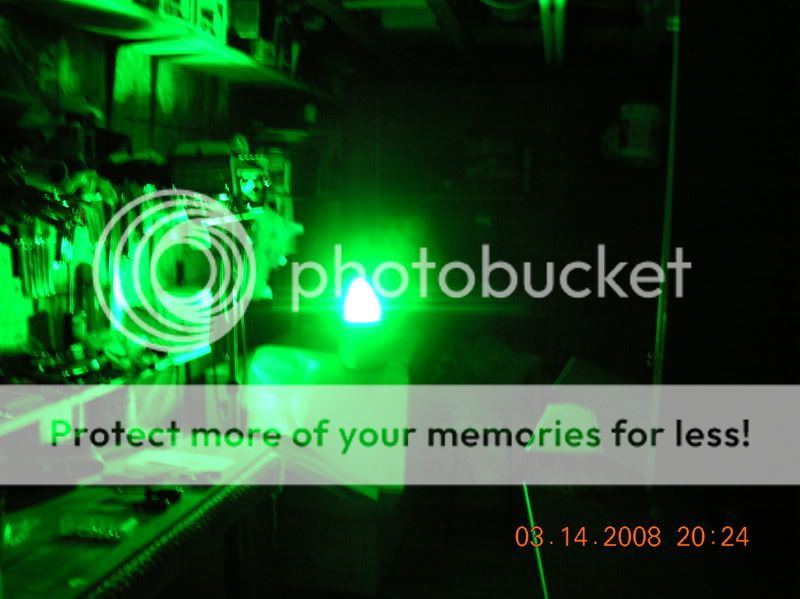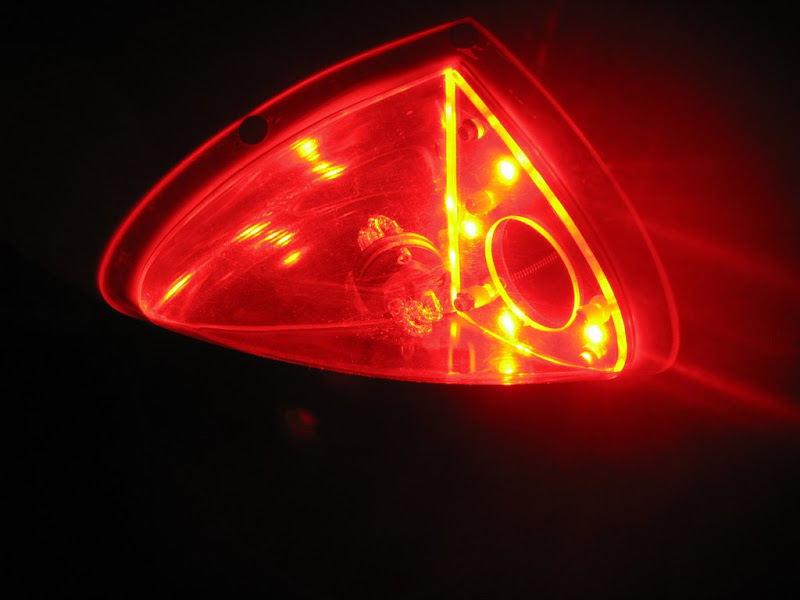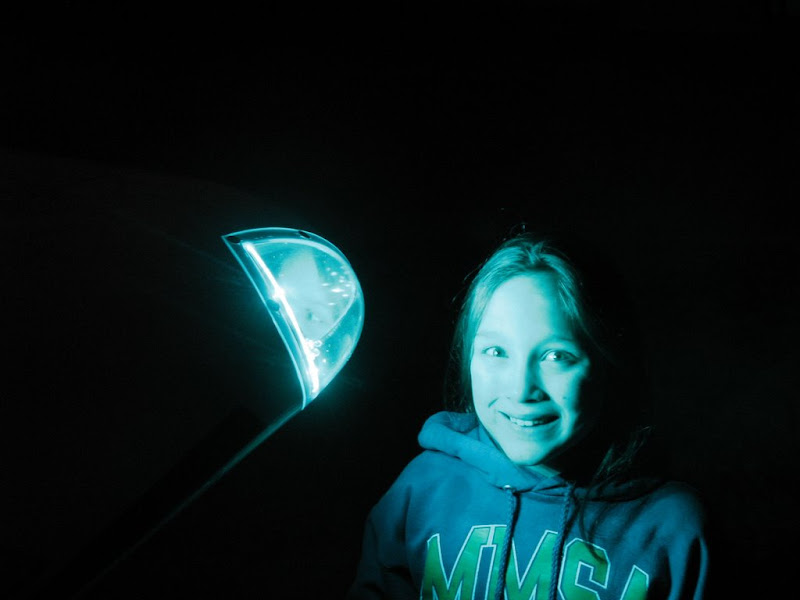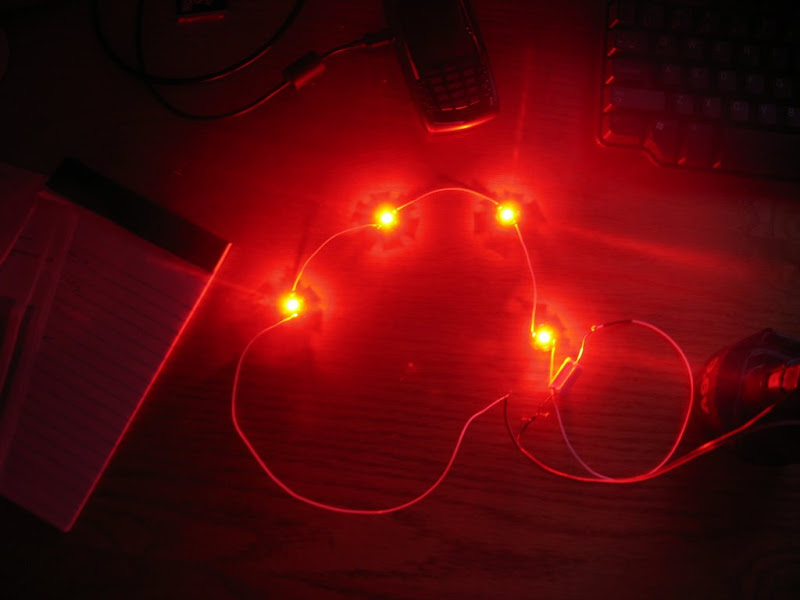Brantel
Well Known Member
To everyone who has rolled their own LED Nav lights, bought a prefab kit from someone or is intending on rolling their own......and plans on or is using one of the constant current drivers by LEDDynamics to power their leds.
These drivers have proven to not work well as a stand alone driver for use in our airplanes due to the fact that they are not designed with proper filtering ect as a stand alone product. The results are that they will trash your aircraft radio with high RFI noise emissions. This will result in audible noise that is hard to squelch and reduction in your radio's sensitivity due to the ANL circuits trying to deal with the increased noise floor.
Bob Nuckolls has agreed to take on the challenge of figuring out what can be done on the cheap and effective to allow us to use these drivers in our planes. He is developing a prototype board/module that will have the driver mounted along with the proper filtering ect. He has access to some test lab that does RFI work and will be doing some lab quality testing on his prototype.
Why? Because these drivers are 95% efficient and voltage dropping/current limiting resistors waste more power than the LED's do combined. Tons of extra heat to deal with and the drivers provide a very controlled constant current to the LED for wide voltage ranges with little to no color or light output change and long life of the LED.
More news to come soon....
These drivers have proven to not work well as a stand alone driver for use in our airplanes due to the fact that they are not designed with proper filtering ect as a stand alone product. The results are that they will trash your aircraft radio with high RFI noise emissions. This will result in audible noise that is hard to squelch and reduction in your radio's sensitivity due to the ANL circuits trying to deal with the increased noise floor.
Bob Nuckolls has agreed to take on the challenge of figuring out what can be done on the cheap and effective to allow us to use these drivers in our planes. He is developing a prototype board/module that will have the driver mounted along with the proper filtering ect. He has access to some test lab that does RFI work and will be doing some lab quality testing on his prototype.
Why? Because these drivers are 95% efficient and voltage dropping/current limiting resistors waste more power than the LED's do combined. Tons of extra heat to deal with and the drivers provide a very controlled constant current to the LED for wide voltage ranges with little to no color or light output change and long life of the LED.
More news to come soon....









